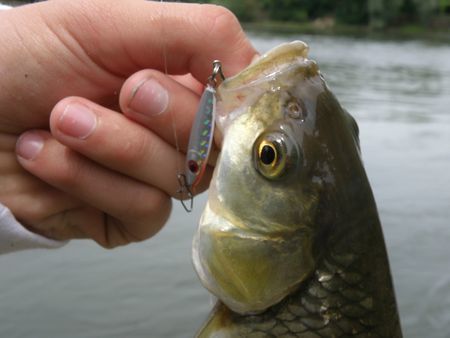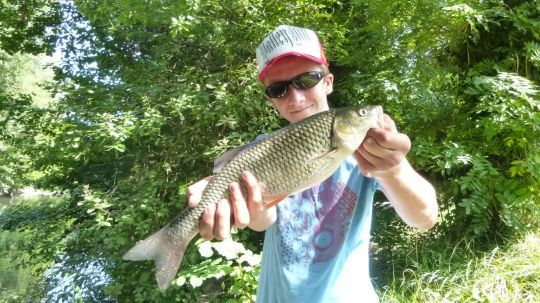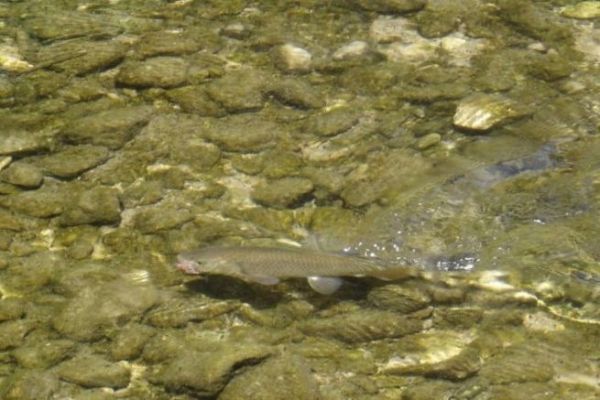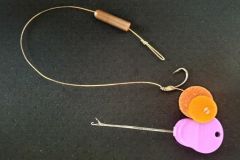The chub presentation
The chub (Squalius cephalus) is a very present species in France. It belongs to the cyprinidae family and its body is slender in the shape of a cylinder. Its head is big and its forehead is flattened. Its mouth is formed of big lips. Its back turns from green to brown and its sides are golden or silver. It has anal and pelvic fins of orange-red colors. The chub can reach 60 cm and weigh around 5 kilos.

An omnipresent fish
It can be found in rivers, streams or water bodies. The chub is a resistant fish, it is able to adapt to more or less extreme temperatures. It is also present in waters that are subject to pollution. Chub generally move in schools. Large adult chub are more solitary.
An opportunistic fish
The chub is an omnivorous and opportunistic fish. It can feed on insects, larvae, mollusks, fruits or small fish. The chub can be fished with worms, seeds, bread or fruits (blackberries, cherries).
The reproduction of the chub
Spawning takes place in the spring, as soon as the waters begin to warm up. Between April and June, chub gather in schools to spawn. Spawning can take place in very little bottom. Females can lay up to 200,000 eggs that will attach to rocks or vegetation. Sometimes chub hybridize with other cyprinids.
A wary fighter

The chub, with its nonchalant look, seems to be an easy fish to lure. However, it remains wary and not always inclined to bite. The chub can be fished with different fishing techniques. With baits, lures, fly fishing, whatever your type of fishing, you can target the chub. Discretion is required in your movements or in the assemblies. Its defense is sporty, especially if you are facing big fish.

 /
/ 









